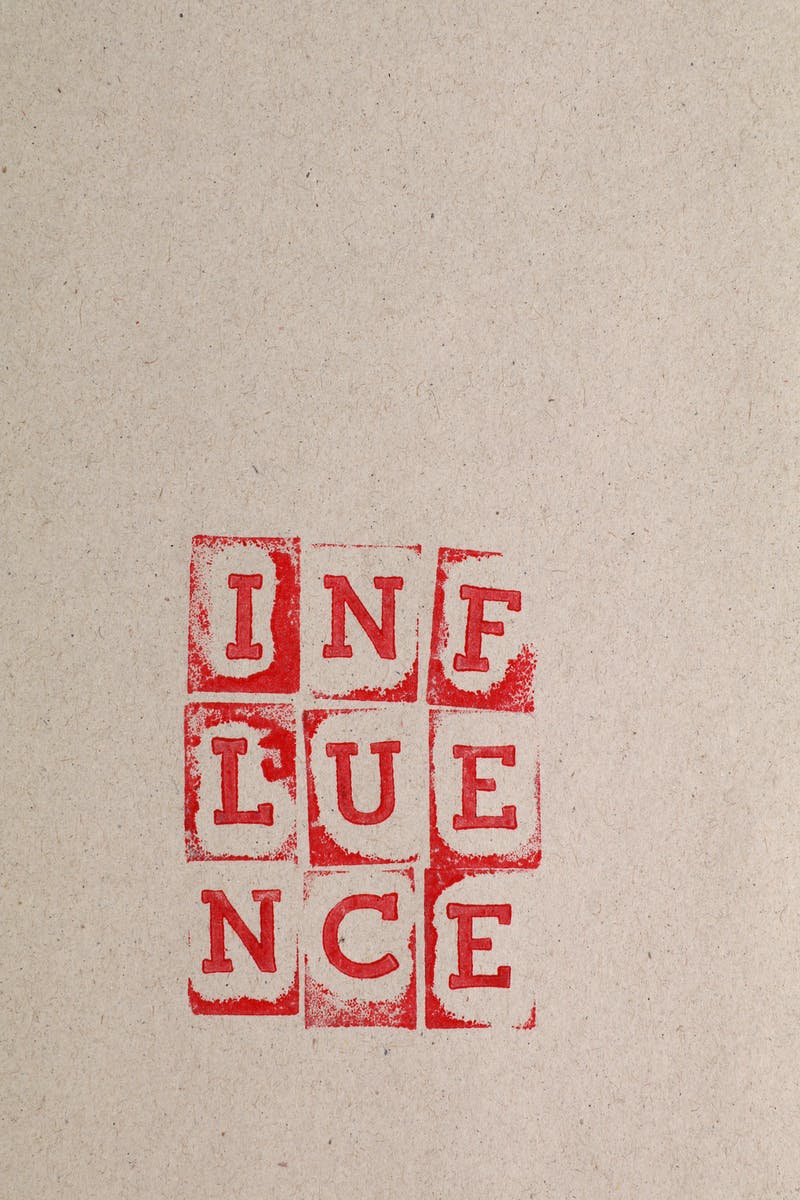
Who wouldn’t want to be more productive? I think most of us would want to accomplish the goal of higher productivity daily — which is why you’re reading this article. The thing is, sometimes, when it comes to productivity, it’s not about adding a new hack, habit, or app to your life. It’s eliminating the things that are holding you back, such as the following nine productivity mistakes.
9 Productivity Mistakes You’re Making Every Day
1. Not making the most of your morning.
There might have been a time when you consistently hit snooze and stayed in bed until the very last second before you have to go. But, we’re creatures of habit, and a morning routine gives us that much-needed structure. In turn, you’ll be healthier and more productive.
So, how should you spend your morning? Well, that’s really up to you. But here are some suggestions you should try:
- Wake up before everyone else so that you have time to yourself.
- Don’t look at your phone as soon as you wake up.
- Avoid coffee first thing, and drink a 24 oz glass of water instead.
- Eat a healthy breakfast.
- Read, journal, meditate, and exercise.
- Set a daily intention.
- Review your calendar.
Most importantly, plan the night before so that you aren’t rushing around in the morning. For example, packing your lunch and laying out your clothes. And, don’t forget to establish and stick to a regular sleep schedule.
2. Wasting the two most productive hours of the day.
“One of the saddest mistakes in time management is the propensity of people to spend the two most productive hours of their day on things that don’t require high cognitive capacity (like social media),” psychologist Dan Ariely said in a Reddit “Ask Me Anything” (AMA). “If we could salvage those precious hours, most of us would be much more successful in accomplishing what we truly want.”
When asked when are these “golden hours,” Ariely responded, “Generally, people are most productive in the morning. The two hours after becoming fully awake are likely to be the best.”
At the same time, this varies from person to person. But, Stephen Borgman, in Psychology Today, says, “Everyone needs a powerful morning routine to buffer stress and maximize their days.”
Most of us have an idea of when we’re most productive and when we’re not. If you’re uncertain, track your time to get a clearer picture. After identifying your peak hours, spend that time on your most demanding and challenging tasks of the day.
3. Treating cheating as a reward.
“People often decide to treat themselves if they are doing something they find difficult, such as dieting, saving money, exercising or working,” writes Amy Johnson in Lifehack. “However, if someone treats themselves to a dress after a week of saving, this undermines the achievement they have made.” Even worse, this could ‘encourage you to ditch your plan entirely, as you’ve already been ‘bad.’”
“Try to view the act of you achieving your goals as a treat,” suggests Amy. “You wanted to improve yourself — and now you are well on your way.”
4. Allowing yourself to get mentally fatigued.
You’ll not want to waste your most productive hours on low-demand tasks. Remember, who only have so much energy and willpower in a day. So, it’s better to reserve it for essential activities. Better than just reserving your energy is to build your energy during the day.
Deep Patel gives some ways to boost your energy during the day that I’ve found to be quite successful — including getting rid of emotional contagions.
Another way to preserve — and build your energy throughout the day is to block apps and distracting noises when focused on deep work. Take frequent breaks, walk around your building — do something to recharge and recover from mental fatigue. If mental fatigue is something that you struggle with — go back to the Pomodoro Technique. It’s where you work in 25-minute blocks and then take a short break.
5. Falling into the urgency trap.
If there is one takeaway I want you to remember from this article, not everything is an emergency. I know that you’ve got a full plate. But, you won’t be able to clear it if you keep piling more on.
One way to avoid this is by creating a master list and analyzing it. Your master list is everything that you need or want to get done. Don’t worry about putting it in order just yet.
After you’ve developed your list, use the 4 D’s of time management to thin it down. The tasks that need to be done right now should be put in your calendar first. These would be things that can be completed quickly, have deadlines, or contribute to your goals.
For important tasks that aren’t urgent, defer them to a later time. Urgent but unimportant tasks can be delegated. And, anything that is neither should be deleted from your list.
6. Being afraid to say “no.”
Let’s say that you’re in the zone, and there’s a knock on your door. Your co-founder pops their head in and asks if you have a minute. Unless it’s a life or death situation, your response should be “no.”
Of course, you don’t want to come off like a jerk. You can merely tell the individual you’re busy and ask if they can come back in an hour when you’re free.
The same idea is valid to any sort of time request. You just received an invite for an unnecessary meeting? Decline it. What do you do if you’ve already committed to a party this weekend? Have it clearly in your mind that if you’ve already accepted one engagement, you can’t attend another social function.
As Derek Sivers once wrote, “If you’re not saying “HELL YEAH!” about something, say ‘no.’” When you do, you can remain focused on your priorities and avoid spreading yourself too thin.
7. Believing in the myth of multitasking.
“Multitasking might be your favorite way to forge through your daily tasks,” writes Howie Jones in an article for Calendar. “The logic is flawless. Accomplishing two things instead of one thing is always better.”
Here’s the problem, though. Multitasking is a myth. The reason? “The human brain seems to be set up to handle one task at a time,” explains Howie. “It is impossible to change the way our brains are set up, so it is better to accept reality and avoid multitasking.”
As a result, when you multitask, “you cost yourself time and efficiency that you cannot get back.” Focus on one thing at a time and then move on to your next task.
8. Focusing on time, not results.
All too often, we focus on how many hours we work and not what we’ve achieved. It’s like some strange badge of honor. Do you think that you’re any more productive by working 80 plus hours per week?
I hate to break it to you. But you’re not. In fact, according to a Stanford study, productivity begins to drop after working 50 hours per week. And, it plummets so much after working 55 hours that it’s pointless.
What’s more, research from Behance “found that placing importance on hours and physical presence over action and results leads to a culture of inefficiency (and anxiety).” Furthermore, sitting “at your desk until a specific time creates a factory-like culture that ignores a few basic laws of idea generation and human nature:
- When the brain is tired, it doesn’t work well.
- Idea generation happens on its own terms,
- When you feel forced to execute beyond your capacity, you begin to hate what you are doing.
Instead, reflect and acknowledge what you’ve accomplished in a day. An easy way to do this would be creating a done list to show you how you were productive and not just busy.
9. Thinking that work-life balance is 50/50.
Perhaps the biggest misconception about work-life balance is that it’s a 50-50 split. In other words, you spend an equal amount of time at work, and the other at home.
The reality is that that’s not realistic. Work-life balance is all about doing the right thing at the right time. For example, you need to launch your app by the end of the week. That’s where a majority of your time and energy should be focused. But your child has to go to the emergency room. Well, that should take precedence over everything else.
Sometimes if you want to attain a work-life balance — you need to find something in life that is worth balancing. Do you want to run a marathon? The training will build your confidence and force you to adjust your life experiences better. Have you always wanted to learn another language besides the two that you already know? Immersion in a new language learning program will balance your life better than you may be doing currently.
“A more attainable goal than work-life balance — is work-life integration,” writes Amanda Abella in a previous Calendar article. That means integrating “your work and your life so that they complement each other instead of competing with one another.”









